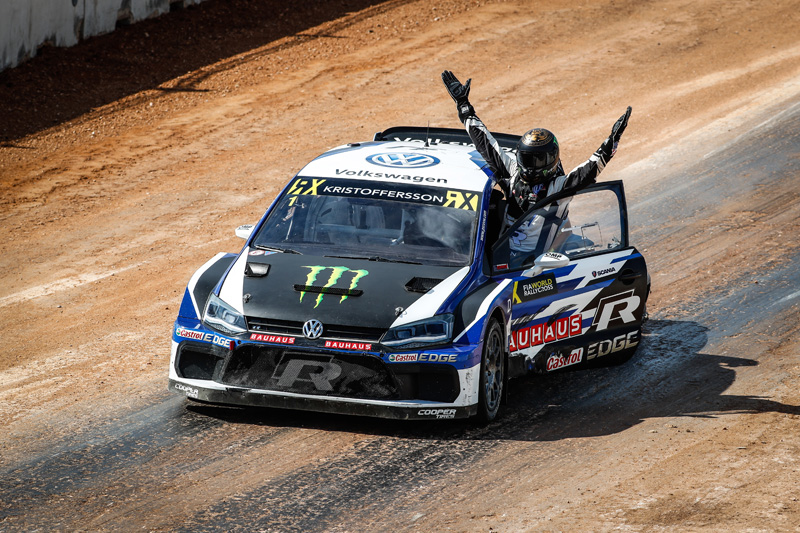Brilliant, not boring
Kristoffersson dominance is a golden age for rallycross
by Rallycross World |
The opportunity to see a virtuoso performance by a performer at the height of their game is usually something for which you will be requested to pay a premium price. Right now you can witness this for no extra charge at any FIA World Rallycross Championship event you care to watch. Johan Kristoffersson now has two World Championships to his name and, on current form, would seem a reasonable bet to add more. Here we have a remarkable rallycross driver, and one who is perhaps not yet at the peak of his career.
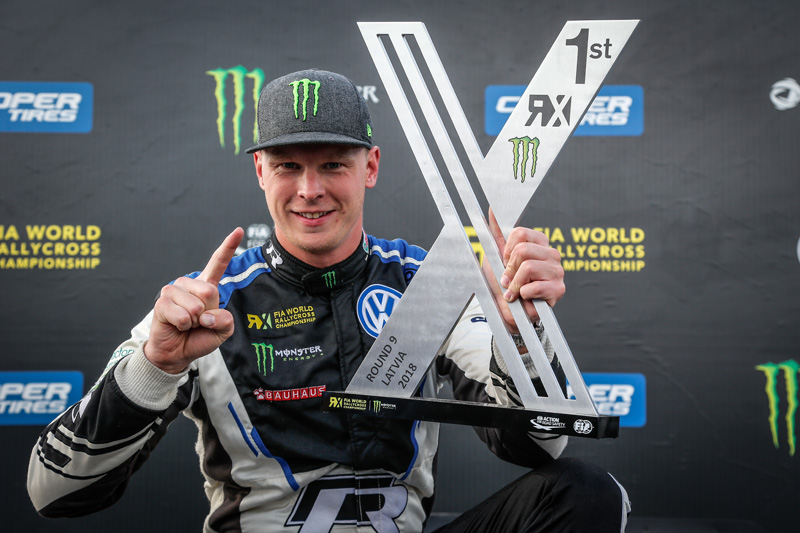
Sporting dominance can be viewed as brilliant or boring. In motor sport a driver’s level of success is influenced by his car, so the true level of the driver’s achievement is often debatable. In Kristoffersson we see a driver who has clearly eclipsed his team-mate, the obvious barometer of form within a team. And in this case there is no argument that the other car is driven by someone not up to the mark of winning the championship; Petter Solberg has two World RX titles himself.
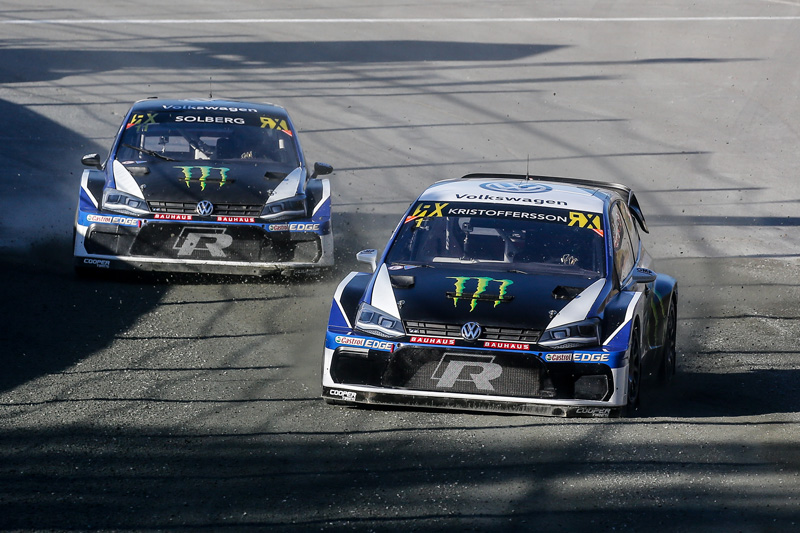
The VW Polo is clearly a very good car, but is it really that much better than the Audi or Peugeot? Disregard Kristoffersson for a moment and look at the rest of the World RX field in 2018. It’s close, very close; going into the last round there are four drivers in with a chance of second place in the championship. Two Audi drivers, one VW and one Peugeot driver. Not much between them. Without Kristoffersson this may well have been the title battle approaching the final round and you would be on the edge of your seat at the end of a classic season.
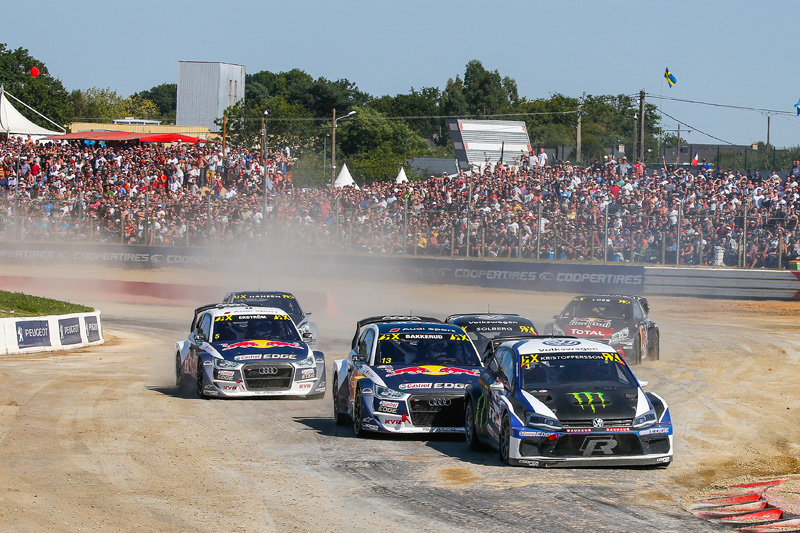
But 2018 should be viewed as a classic season, perhaps even a golden era. Martin Schanche’s name is still used to illustrate a benchmark in rallycross greatness. Six times the European Champion, Schanche’s 1984 season is mythical. Driving the revolutionary Xtrac Escort, Schanche had a technical advantage – even if the car was new and not yet fully developed. Six victories from the nine events gained Schanche the 1984 title.
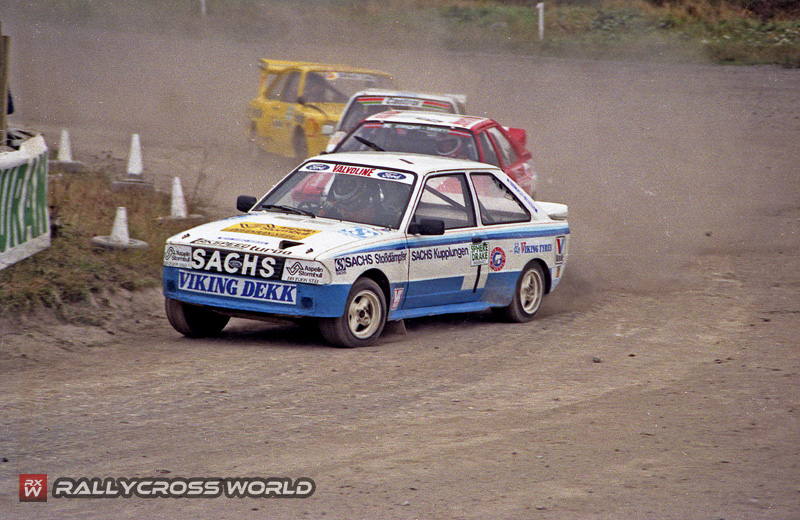
With 14 European titles to his name there is no questioning Kenneth Hansen’s credentials. In both 2002 and 2003 he won six of the ten events on his way to the crown.
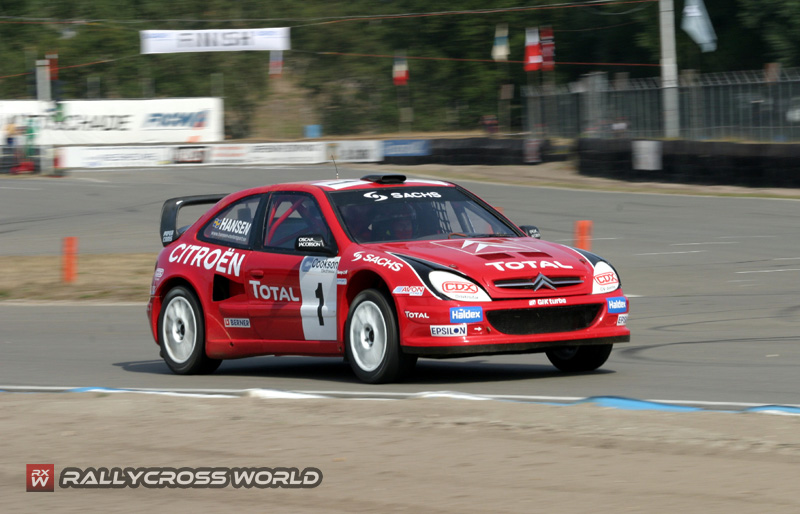
And Timur Timerzyanov achieved six wins from ten events in 2012 when under Hansen’s guidance.
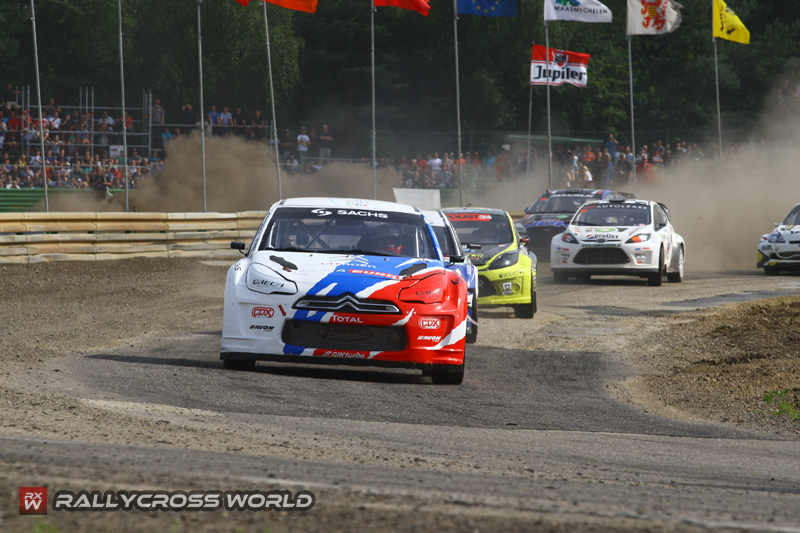
So, Schanche achieved a 66% win rate in 1984, Hansen and Timerzyanov each won 60% in their best years. Another master practioner of this sport, Matti Alamaki claimed three of his five titles in a hat-trick from 1988 to 1990. The middle year of this run was his best, nine wins from 11 events, an 82% win rate. And, over those three title winning years, Alamaki won 20 of the 32 events, or 62%.
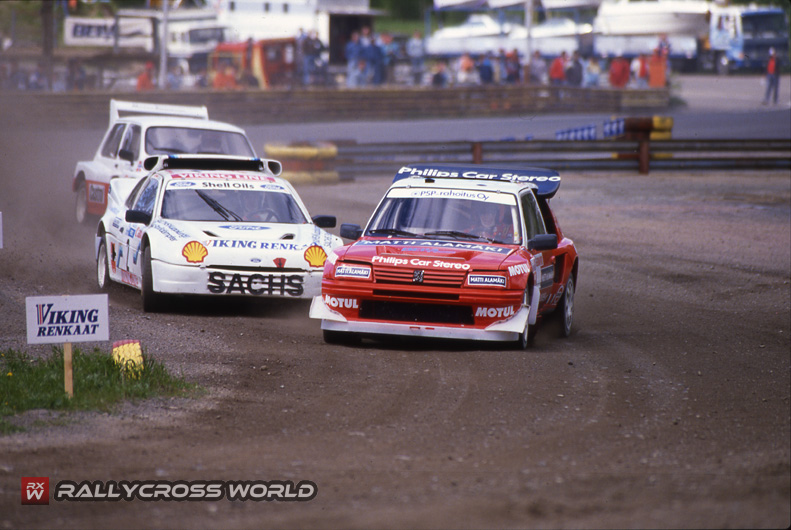
Scan the ‘classes’ and the other outstanding driver is Jussi Pinomaki who took the 2008 Division One-A (Super1600) title with eight wins from 11 events (72%). But back to Kristofferson, already 10 wins from 11 starts this year (90%) , only Sebastien Loeb has beaten him. This on the back of seven wins from 12 events (58%) in 2017. 18 wins from 23 starts (78%) over the last two years. That’s an unprecedented success rate.
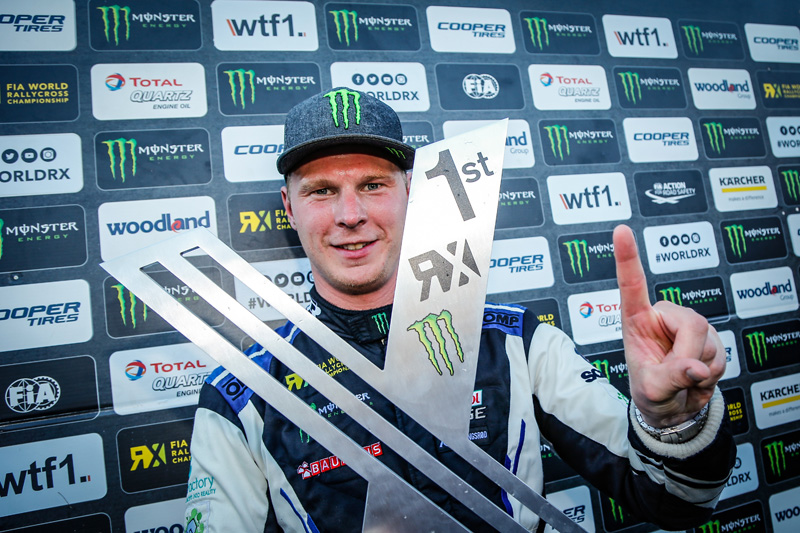
Is it the driver, or is it the car? Where Solberg has matched or beaten Kristoffersson on lap times, or Q race wins, Kristoffersson has always responded, matching or bettering anything Solberg has thrown down. Only in Barcelona did Kristoffersson genuinely luck-in to victory. That day was Solberg’s for the taking, until a first corner incident in the final took it from him. And when on-the-road winner Mattias Ekstrom was disqualified, Kristoffersson in second place inherited the win. He has not looked back since.
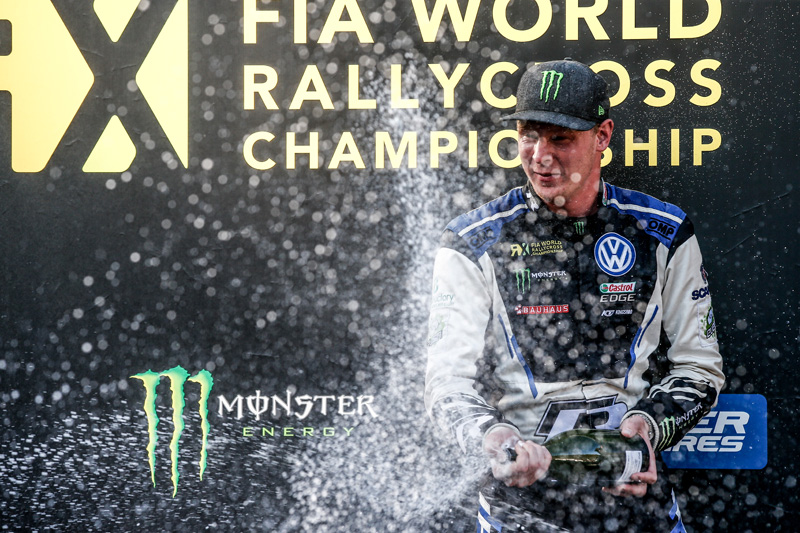
Yes, Solberg led in the USA and looked set for the win. Until he made a mistake. Solberg appeared the better of the two VW drivers at COTA, but perhaps it was Kristoffersson who was really in command. Here was a driver who did not need to win but who was so supremely sure of his own ability that he ran just fractions of second behind his team-mate. He could easily have let that gap go out to a handful of seconds, backed up the others and given Solberg breathing space; reduced his own risk of running into his colleague. But Kristoffersson is inch perfect, confident enough to fill Solberg’s shadow without worry that a mistake might jeopardise the team result. And so, when Solberg was wide in T3 with a lap-and-a-bit to run, Kristoffersson was there, perfectly placed to capitalise, grab the lead and take the win. Had he been a couple of seconds adrift he would not have managed the pass…
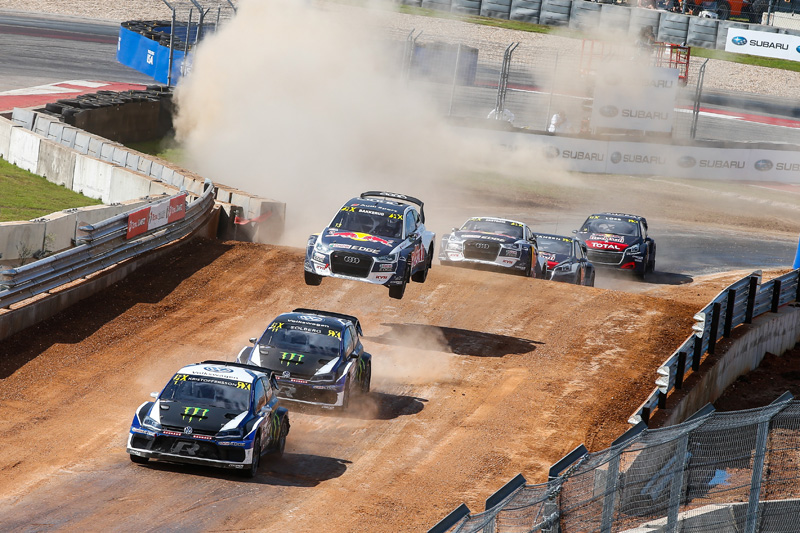
There can be no suggestion that Solberg has a lesser car than Kristoffersson but over the same 23 events he has managed just one victory, and has been on the podium six times. What you are watching here is a master craftsman at work. If you want evidence take a look at Q2 in Loheac, or the final at the same event. Can’t pass at the Estering? Kristoffersson’s move on Andreas Bakkerud in the first start of the final was text book.
This is not the car, this is the man. Indisputably the best rallycross driver of the moment, Kristoffersson is up there with the best ever. Kristoffersson has everything you want in a rallycross driver; blinding pace in all conditions, inspirational racecraft and the killer instinct to take every opportunity at the first opportunity. Oh, and in the era of ‘vanilla’ racecar drivers, here’s a man who knows how to party when it is party time. It’s great when you never know who will win an event, but watching a maestro with this level of ability doing his thing – and enjoying every moment of it – is also good.
